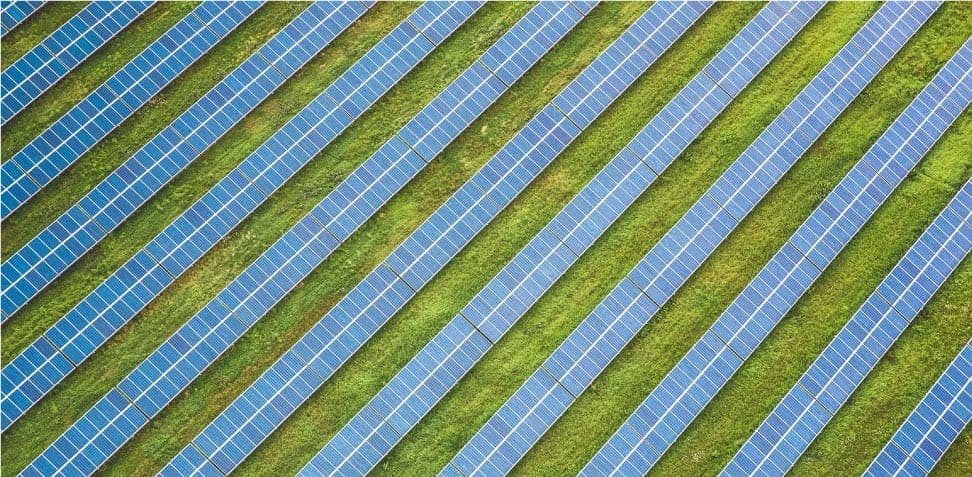Google and Renewable Energy
In the matter of sustainability, Google is no doubt a major pioneer of renewable energy. Back in 2007, Google became the first company to go carbon neutral, which means they offset as much carbon as their operations generated. But it doesn’t stop there. After a decade, in 2017, they became the first company of their size to match 100% of their global annual electricity consumption with renewable energy. To date, they’ve repeated this accomplishment for 4 consecutive years.
In 2019, Google announced that they invested a record-breaking amount of over $2 billion in 18 new renewable energy deals in the United States, Chile, and Europe. This is by far their largest investment in renewable energy deals. With these 18 new deals, Google is now officially involved in 52 renewable energy projects that will have a positive impact on the environment. Over and above that, they’re also planning to purchase around 720 megawatts in the US, more specifically from solar farms located in North Carolina, South Carolina, and Texas.
According to Google’s CEO, Sundar Pichai, majority of Google’s investments in renewable energy were in the wind energy sector previously. However, they’ve started to focus on mostly solar investments. In Chile, they began purchasing power from a new solar farm in the Antofagasta region to match their growing load in South America. In Singapore, solar panels are distributed across hundreds of public housing rooftops to help them source new clean energy. Across the US, large-scale solar and wind projects gave a boost to data centres from Oklahoma to Alabama to Virginia. They explained that one of the reasons they opted for solar energy is the declining cost in solar.
 Photo by Markus Spiske on Unsplash
Photo by Markus Spiske on Unsplash
Today, they’re working towards decarbonizing their electricity supply completely and operate on 24/7 carbon-free energy, everywhere, by 2030. To achieve this goal, Google has developed and deployed a carbon-intelligent computing platform that will predict how the average hourly carbon intensity of the local electrical grid will change over the course of a day and the hourly power resources that a data centre needs to carry out its compute tasks during the same period. These two forecasts will optimize hour-by-hour guidelines to shift the timing of many compute tasks to when low-carbon power sources, like wind and solar, are most plentiful. Results reflect that it is possible for more work to be completed when and where doing so could maximize the reduction in grid-level CO2 emissions. Hence, it is part of Google’s plan for the future to work towards this goal.
Google’s effort is truly inspiring in encouraging the growth of carbon-free electricity worldwide. In reality, we can all play a part in building a sustainable future through the usage of renewable energy. In Malaysia, companies and organizations that undertake qualifying green technology projects for business or own consumption can even enjoy double tax incentives offered by the government. If you’re interested in commercial solar, buySolar will be with you every step on your solar journey.
